Panic Attack Treatments At Home
6 treatments to try when you are experiencing panic at home. Simple, yet effective.

I remember experiencing my first panic attack. Back then, as a young teenager, I didn't know what it was, or how to deal with it. Instead, I muddled my way through the intense anxiety and fear I was experiencing.
Since then, I have learned a lot about anxiety, about panic and what can help in those situations. From a combination of my personal and educational experiences, I wanted to share some panic attack treatments you can do at home.
Learn to manage anxiety in only 5 minutes per day
What Is A Panic Attack?
A panic attack is a very frightening and distressing experience of anxiety resulting in particularly intense mental and physical symptoms. You may remember our earlier post that detailed these intense symptoms, where we explained attacks can come on very quickly and for no apparent reason.
A panic attack usually lasts between 5 and 20 minutes but some people also report they last up to an hour. It's common to experience a handful of panic attacks during your life, but if they are more frequent, this may be a sign of panic disorder. It's also important to be aware that such symptoms may be due to other conditions, for example in the year 2020 there has been some confusion regarding anxiety vs COVID-19 symptoms. In any case, you should review the ADAA's page on panic and consult your doctor if you are concerned for your health.
6 Panic Attack Treatments At Home
1. Grounding
Grounding is a great treatment for panic attacks at home. The reason why it's so effective is because during panic attacks catastrophic thoughts and uncomfortable sensations feed on each other, they form a feedback loop where panic symptoms lead to ever more negative thoughts (and then uncomfortable sensations and so on).
That's where grounding comes in. Grounding is a technique that intervenes in this negative spiral and keeps it from spiraling out of control. It helps us divert our attention away from the sensations of panic to the input of all our senses. This allows us to reconnect to the here and now and realize that you’re safe and not in danger. And most importantly, it distracts you from those scary thoughts and feelings.
Here’s how the 5–4–3–2–1 grounding technique works:
- You start off by finding 5 things that you can see. The idea is to look around in your environment and specifically name 5 things.
- Then you move on 5 things that you can hear. You will need to listen carefully to notice 5 different sounds around you.
- The next step is to find 5 things you can feel. Touch the things around you and pay attention to texture, temperature and moisture.
These three make up the first round of this exercise. In the next round, find 4 things each. Then 3, 2 and finally 1. By the end of the exercise, you might feel better.
2. Deep (Diaphragmatic) Breathing
Anxiety and breathing. Breathing and anxiety. I am sure you have heard these two mentioned in the same sentence before. There is a good reason for this, when you're in panic mode, or experiencing anxiety in general, your sympathetic nervous system is active, which results in all of those uncomfortable symptoms of anxiety such as sweating, increased heart rate and shortness of breath. Focusing on the breath, when you’re in panic mode, it is shallow and fast. This is an unfortunate situation as this then provides feedback to the sympathetic nervous system to continue.
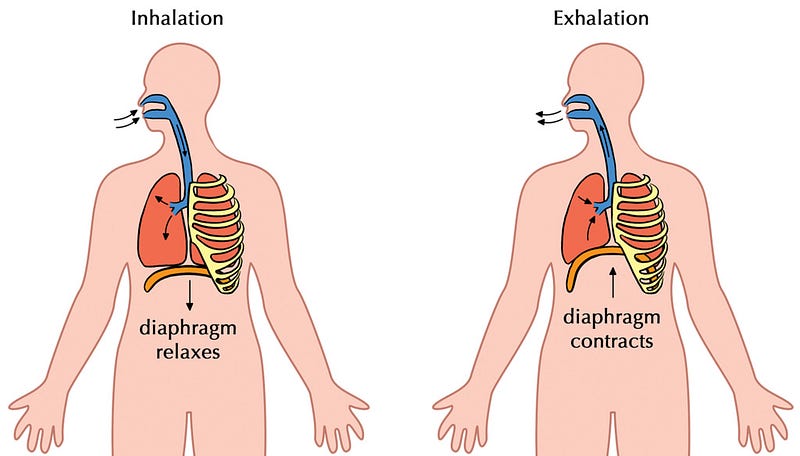
To fight against this, we can breathe the way we were always meant to. This involves breathing with the diaphragm. For your breathing to have the most calming impact, about 75% of the inhaling needs to be done by this muscle. This releases pressure in the chest and as a result the heart has less work to do. Breathing automatically slows down and the chest and shoulder muscles are able to relax a bit.
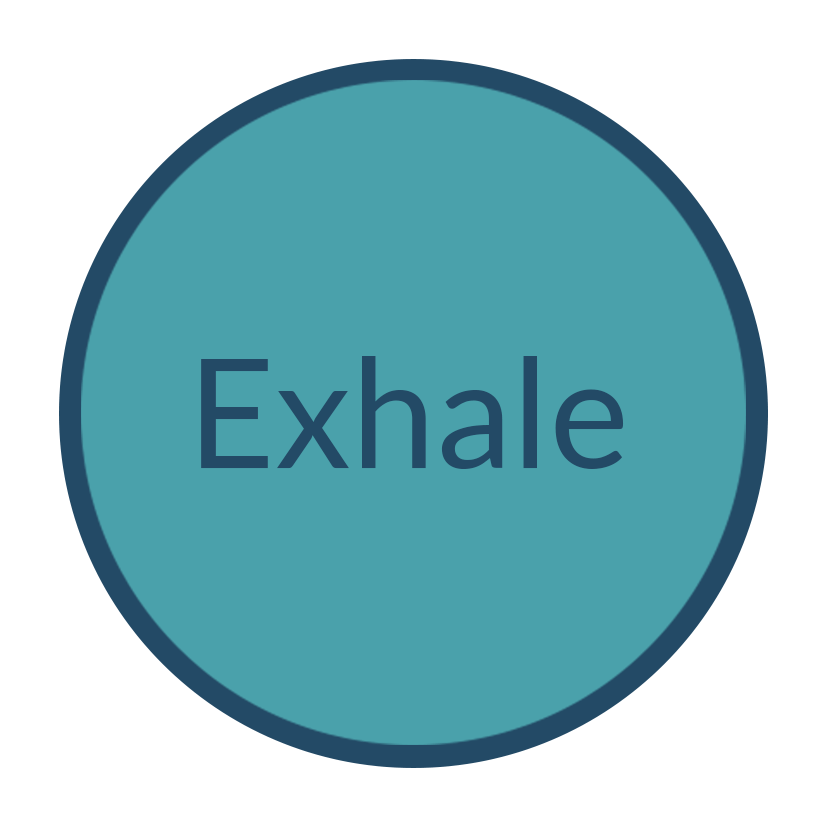
In order to make sure that your diaphragm does most of your breathing, place one hand on your belly and the other on your chest. As you breathe in, your belly should expand while the hand on your chest should stay relatively still. To breathe out, tighten your stomach muscles and let them fall inward. Many people find it helpful to purse their lips as they do this.
For detailed instructions, you can also follow this video:
You can also try out 4-7-8 breathing, too:
3. Muscle Relaxation Techniques
Another panic attack treatment you can easily do at home is muscle relaxation. Progressive muscle relaxation (PMR) is one of the most effective relaxation techniques. It's great if you are experiencing anxiety or finding it hard to fall to sleep, as you systematically tense and relax your muscles in a sequence of actions.
Progressive muscle relaxation consists of a series of 'let go' actions that induce relaxation due to the activation of the parasympathetic nervous system - the part of your body that calms you down when you're stressed or anxious.

Progressive muscle relaxation works in a slightly paradoxical way: in order to relax, you first tense up. Only then you can release the tension. A good way to think about this is as a pendulum: if you wanted it to swing to the right, you could push it to the right, however, it would be much easier if we pulled it to the left, then let go. That's exactly what we're doing with PMR; tensing to the left, and feeling the momentum of relaxation as it swings to the right. This is usually stronger than the 'adapted' level of relaxation we have, so we physically experience the sensation of relaxation!
Muscle relaxation is a treatment well suited to panic attacks at home because of the comfortable environment you are in. These practices are best done sitting comfortable, or laid down.
We have lots of relaxation guides available on YouTube and in the app.
4. Immerse Your Face In Ice-Cold Water
A little bit of a different one, maybe, but this is ideally suited to treating a panic attack at home.
Here’s how it works: You fill a sink or a bucket with cold water, adding in some ice cubes if you have them at hand. You then immerse your entire face in the water. Pay special attention to the area underneath your eyes and above your cheekbones. (This is the most sensitive part of your face.) Then hold your breath and come up whenever you need to breathe. Repeat this process a couple of times until you start to feel better.
Immersing your face in ice-cold water stimulates the mammalian diving reflex, an innate physiological response that we share with dolphins and seals. Over the course of evolution, mammals developed this reflex in order to survive with little or no oxygen under water. This reflex works through special nerves in the face which send a message to the vagus nerve, which in turn instructs your sympathetic nervous system to calm down. It slows down heart rate considerably and increases one’s chances of survival.

5. Repeat A Mantra Internally
Just before we mentioned the role of catastrophic thoughts during a panic attack. These thoughts can range from “What if I’m going mad?” to “I’m going to die” and more. It’s not surprising that these kind of thoughts contribute to panic. In that case, repeating a mantra internally is only logical. In fact, the best strategy that psychologists have come up with is to replace those catastrophic thoughts with positive, reassuring self-talk. The best idea is to find a mantra that you find helpful and silently repeat it to yourself. We suggest to use something like “This too shall pass” or “I’m not in danger, I am safe”.
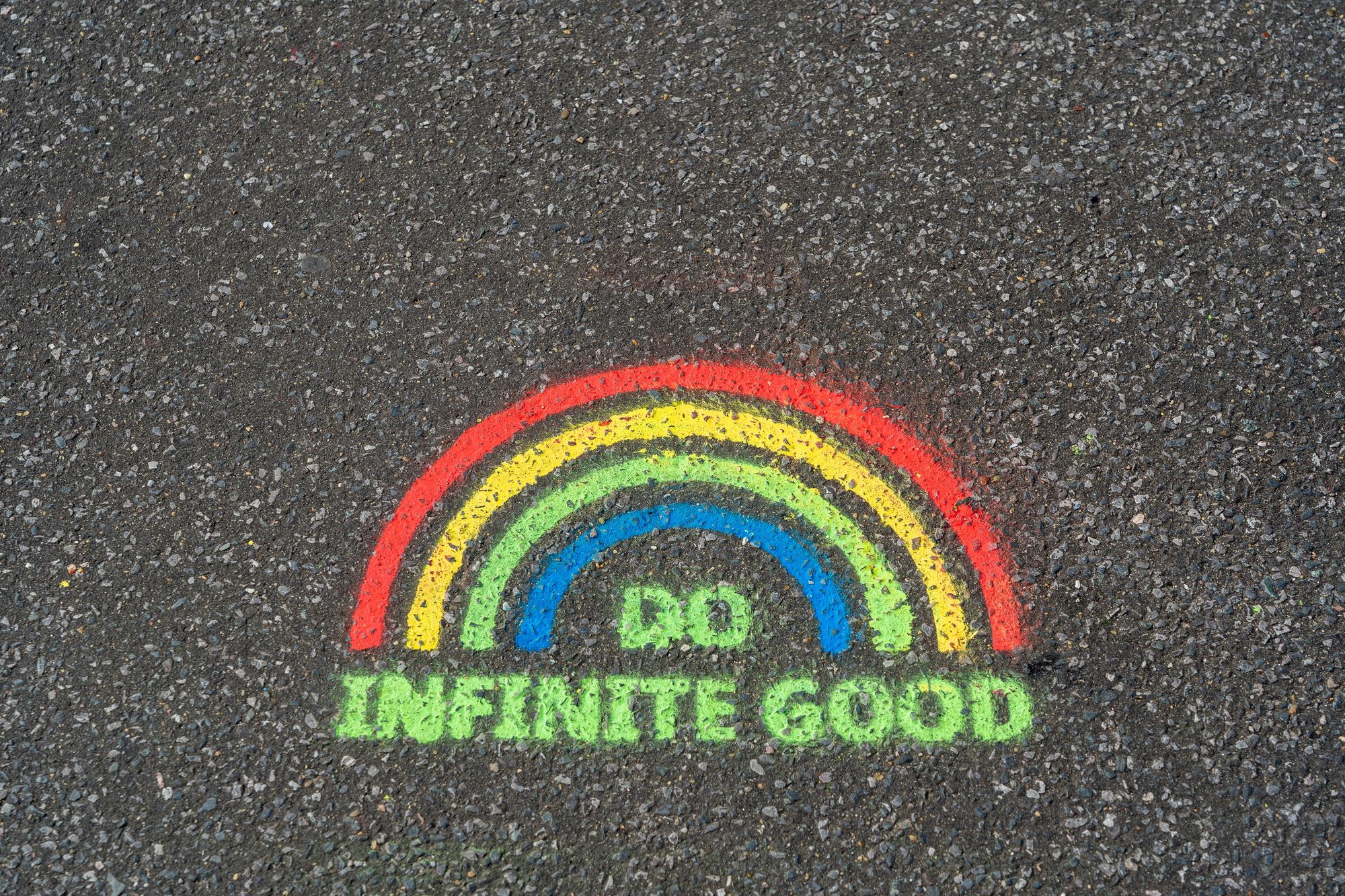
Those words might not feel particularly believable at first but that’s exactly why you need to repeat them over and over again. Not just for a minute but until you’re calming down again.
6. Meditative Practices (for prevention)
We recently talked about all of the obstacles of meditating for anxiety, as well as why it works. Though it may be difficult to enter a meditative state during panic, it may be useful to practice meditation in your daily routine in order to impact your mindset. This change may see you becoming anxious less frequently and less intense, potentially decreasing the chance of a panic attack.
Here are some practices you can try:
Learn to manage anxiety in only 5 minutes per day
7. Stresscoach

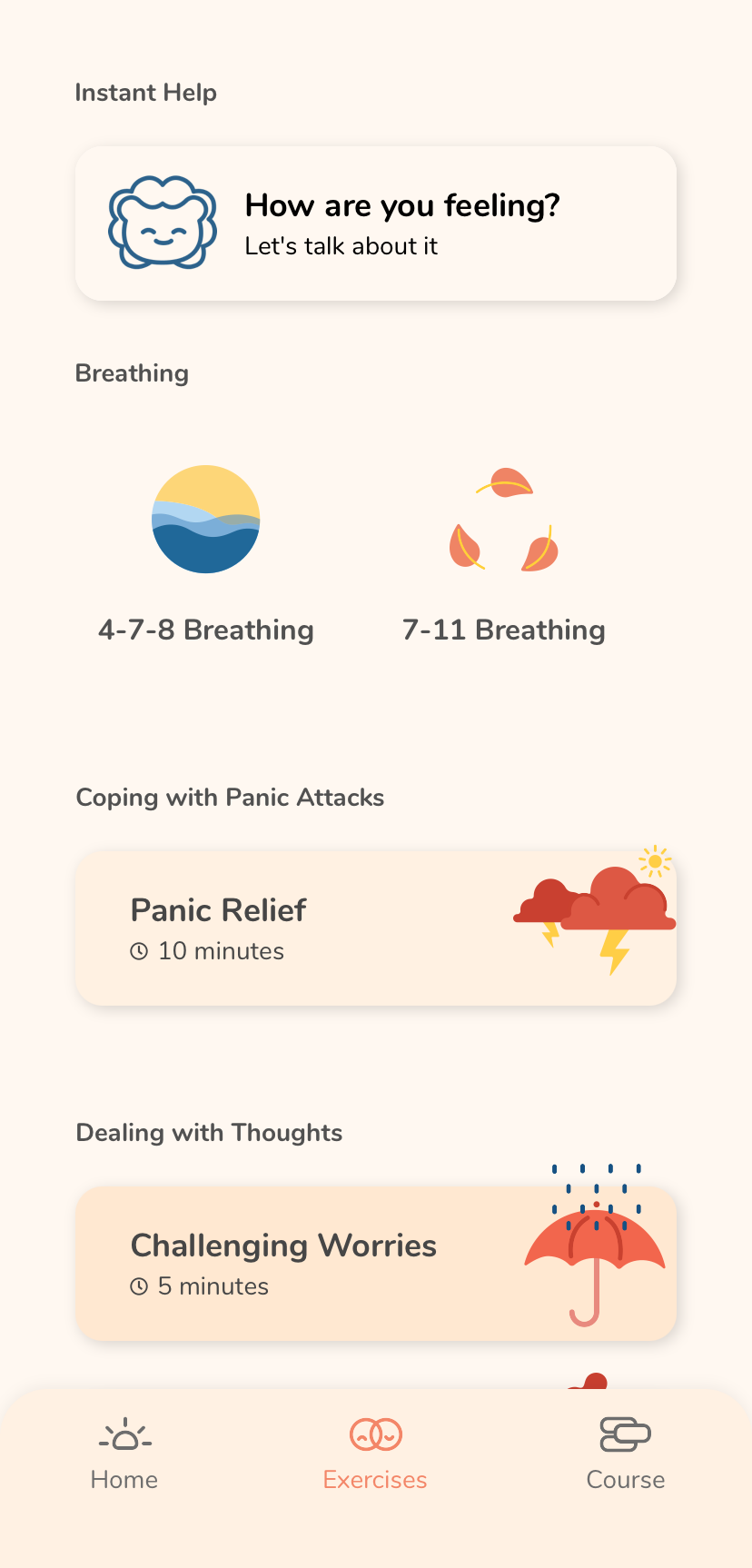
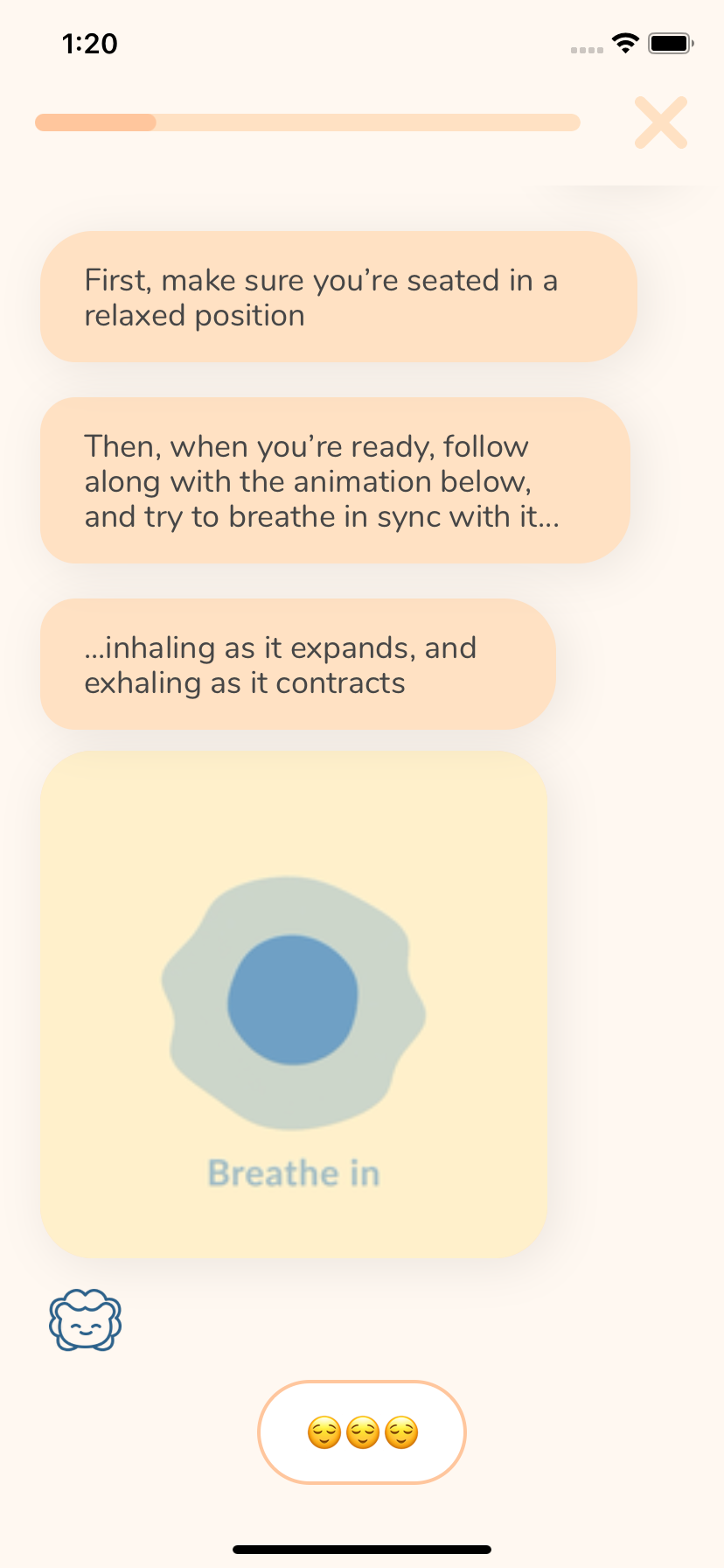
Ultimately, though panic attacks are distressing, they are very unlikely to actually harm you. It's possible for you to manage your symptoms of panic by using techniques we have listed above. Of course, everyone is different, so not all of them will work for every time, but with practice, one of them should. If you're interested in learning more, many of them are included within the Stresscoach app.
